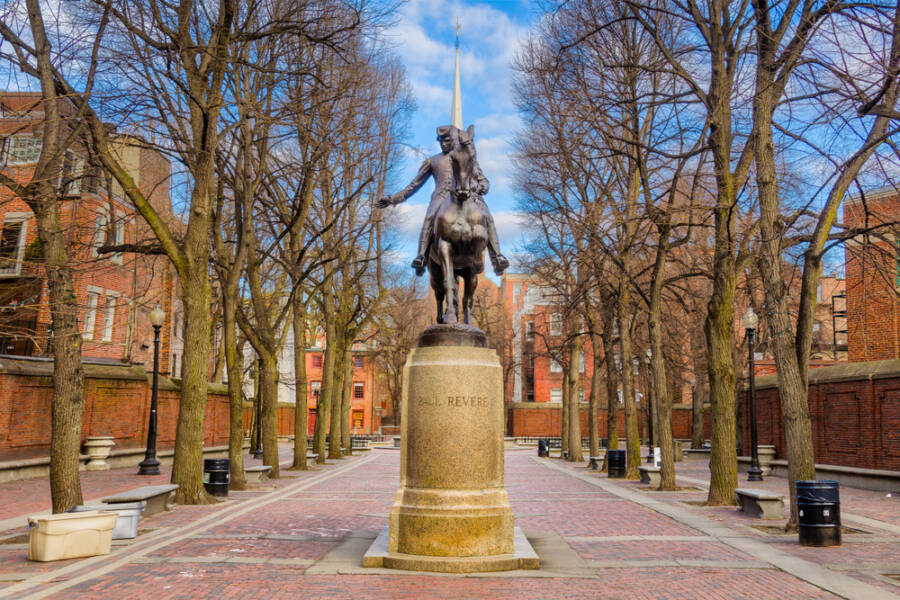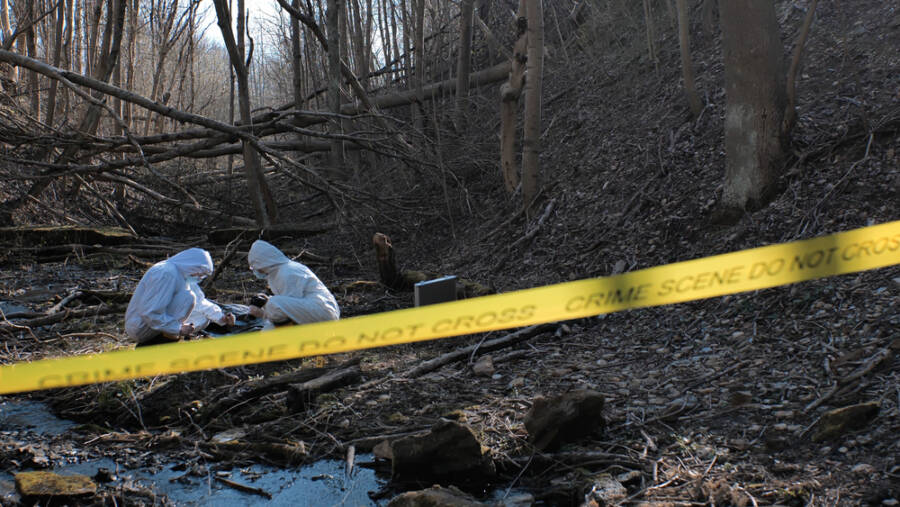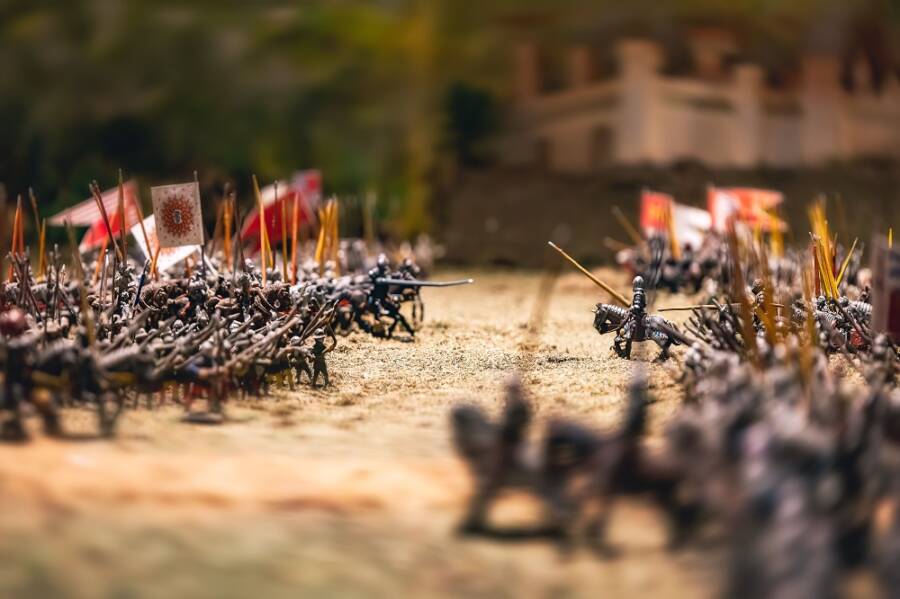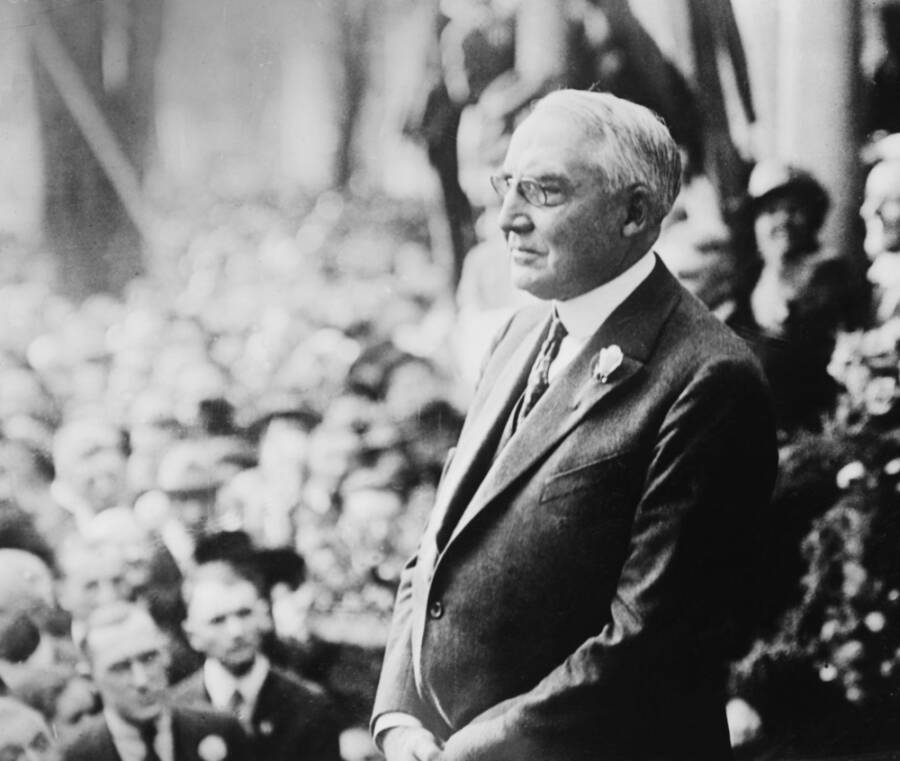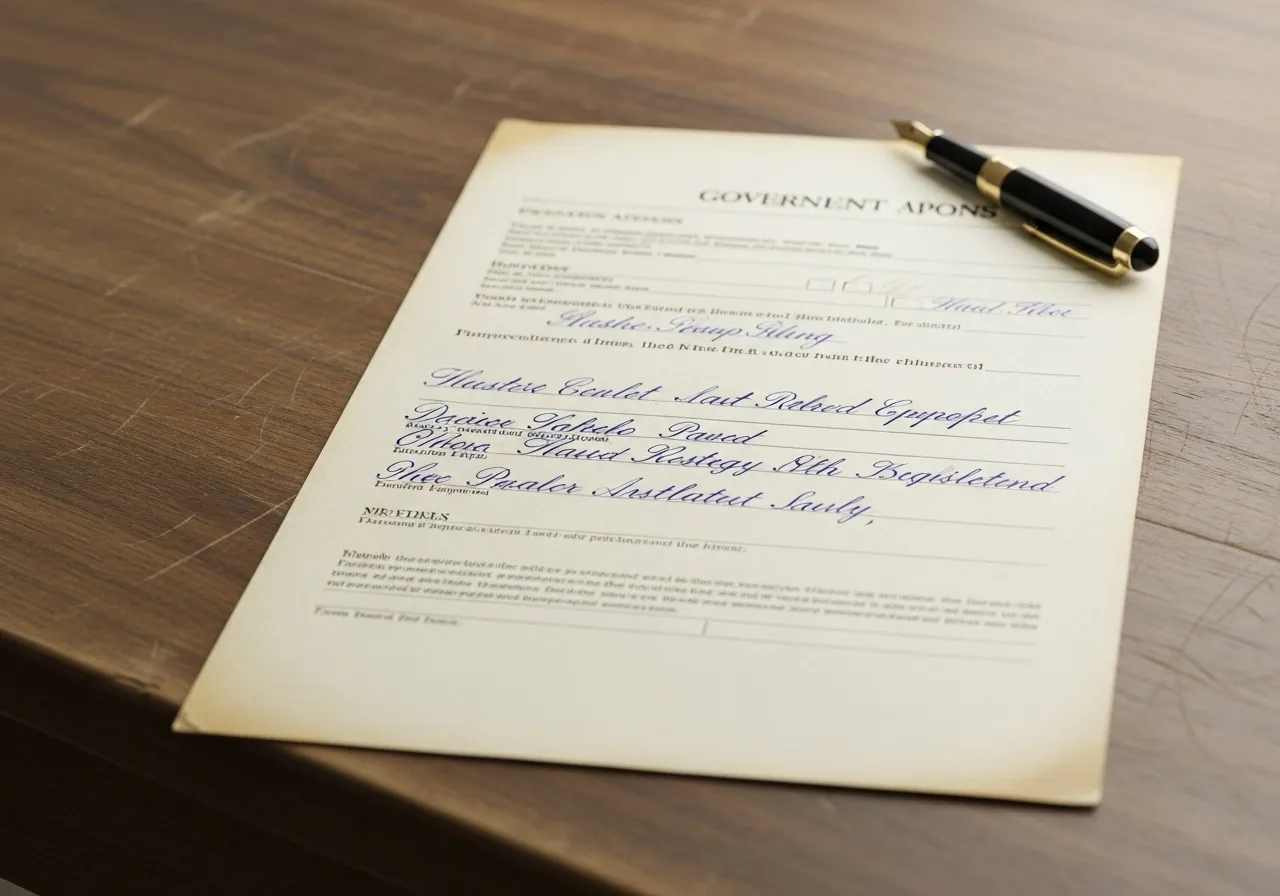
Challenges, Controversies, and The Final Flight
The round-the-world flight was the most ambitious undertaking of Earhart’s career. Her specially modified Lockheed Electra 10E was outfitted with extra fuel tanks, giving it an enormous range but also making it difficult to handle. For this monumental journey, she chose Fred Noonan as her navigator. Noonan was a former Pan American Airways navigator with extensive experience in Pacific routes—an essential skill for the most challenging leg of the journey.
The first attempt, in March 1937, began by flying west from California. It ended abruptly in Hawaii when Earhart lost control of the heavily laden Electra during takeoff, causing a “ground loop” that severely damaged the aircraft. The plane had to be shipped back to California for extensive repairs. Undeterred, Earhart was determined to try again. This time, due to changing wind patterns, she reversed the route, planning to fly from west to east.
The second attempt began on June 1, 1937, from Miami. For over a month, Earhart and Noonan successfully navigated their way across South America, Africa, the Indian subcontinent, and Southeast Asia. By the end of June, they had completed over 22,000 miles of the journey and arrived in Lae, New Guinea. Only 7,000 miles remained, all of it over the vast, unforgiving Pacific Ocean.
The next leg was the most dangerous: a 2,556-mile flight to Howland Island, a tiny, flat coral speck in the ocean, barely two miles long and half a mile wide. Finding it would be an incredible navigational feat, akin to finding a needle in a haystack from thousands of feet in the air. The U.S. Coast Guard cutter Itasca was stationed near the island, tasked with providing weather information and a radio beacon for Earhart to home in on.
On July 2, 1937, Earhart and Noonan took off from Lae. For hours, their flight seemed to be proceeding as planned. Earhart’s radio transmissions, picked up by the Itasca, were intermittent but indicated they were on course. As they neared Howland Island, however, the situation deteriorated. Earhart reported cloudy weather, making celestial navigation by Noonan nearly impossible. Her radio transmissions indicated she believed she was close, but she could not see the island. The Itasca’s crew could hear her, but she apparently could not hear their return signals.
Her final, increasingly anxious messages painted a grim picture. “We must be on you, but cannot see you,” she radioed. “Gas is running low.” In her last confirmed transmission at 8:43 a.m. local time, her voice was strained: “We are on the line 157 337… We are running on line north and south.” Then, silence. Earhart, Noonan, and their silver Electra vanished without a trace. The question of what happened on Earhart’s final flight became an instant, and lasting, global obsession.
The U.S. Navy and Coast Guard launched the largest and most expensive search and rescue operation in American history up to that point. For sixteen days, ships and aircraft scoured 250,000 square miles of ocean. They found nothing. No wreckage, no oil slick, no sign of the famed aviator or her navigator. On July 19, 1937, the official search was called off, and Amelia Earhart and Fred Noonan were declared lost at sea.

